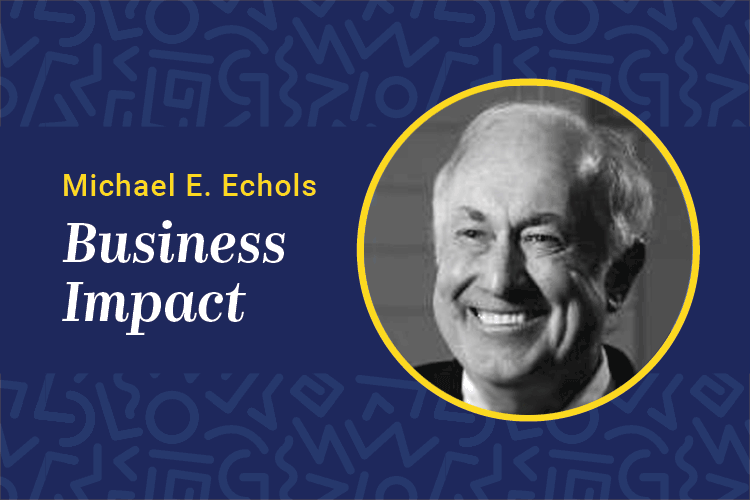Many learning leaders say they do not measure the financial impact of their learning programs because the CEO does not request those measurements. But there are many reasons to measure that have nothing to do with the wishes of the CEO.
Some neglect measurement because they fear results might show that learning interventions have no positive financial impact. Get over it. That “seat at the table” comes with the knowledge that all management actions do not work. If not, it is the leader’s responsibility to recommend reallocation of resources to more productive alternatives.
So why measure? My answer has almost nothing to do with the historical learning rationale. The resources are spent. Measurement cannot change what is in the past. The money is gone. Neither positive nor negative results will change the financial facts. This is the primary reason the CEO does not ask for the ROI calculation.
Valuable measurement processes have everything to do with feedback as it impacts the future. Consider that popular quality concept, continuous improvement. The concept is simple. It involves measured output, or results produced, as the base to determine if future changes in learning increase or decrease measured value. Without such feedback improvement is virtually impossible.
Learning leaders should view the design and delivery of content as a process, not as an event. The expectation in a process model is that the intervention — i.e., the learning content — is designed to be improved over time because this approach is the only design that gives full access to learning investment potential.
As important as this shift to continuous improvement processes is for learning today, it is only part of the issue. The bigger challenge is to change the way the CEO and the senior staff view learning in the first place. John Boudreau at the University of Southern California calls this the need to change the “mental map” of key decision makers.
Consider Nicolaus Copernicus’ famous reframing of how we view the universe. Before Copernicus, the Greeks had defined the mental map of the universe as the geocentric view, where the earth is the fixed center of the universe and all else revolves around that center point. There were many resistant to this geocentric view, though it was very convenient for religious leaders of that day to support the assumption that the Earth was the center of the universe. Doing so implicitly supported the theological assumption that God had created heaven and earth making humans, by implication, the center of the universe.
But I digress. Here is how the shift from geocentric to heliocentric — sun in the center of the solar system — is related to learning measurement.
Managers have a set of mental constructs, or assumptions that create the foundation for their decisions. Many times those assumptions are implicit. They are not open to scrutiny, even by the decision makers themselves.
Assumptions are important even in hard mathematics. A mathematician’s beginning assumptions have a major impact on the implications derived by that mathematical construct. But while physical scientists, economists and mathematicians routinely examine their assumptions, executive decision makers rarely do so. In addition, I am certain there are many assumptions on a team that are neither known nor shared.
So how are assumptions challenged if appropriate? Even more fundamental, how are assumptions changed? Is it by popular opinion, by democratic vote, or is it by a command-and-control edict from senior leaders?
In the realm of scientific inquiry, a well-defined process changes mental models, theories and assumptions when their implications do not match the data observed. This is exactly how Copernicus changed the assumption that Earth is the center of the universe. The observed position of the other planets and stars over time just did not correspond to the measurements. Eventually there were enough discrepancies in the measurements to convince scientists that the assumption of the earth’s location was just plain wrong. The only assumption that supported the observations was that the sun, not the Earth, is the center of our galaxy.
The other important aspect of measurement, in addition to feedback for continuous improvement, relates to assumptions. False assumptions can be most directly revised based on observation and measurement. Copernicus was the first. Executive decision making today has the potential to be Copernicus-like, but only if measurement and analysis takes place to compare the actual with what the assumptions predict.
Michael E. Echols is the vice president of strategic initiatives at Bellevue University. He is the author of ROI on Human Capital Investment. He can be reached at editor@clomedia.com.














